In the era of industry 4.0, businesses are making a continuous effort to be in a digitally connected environment. Adopting enterprise level solutions like ERP, Distributor Management system (DMS), CRM etc help businesses to centralize their data across the organization on a single platform and improve the efficiency of the organization as a whole. To keep up with the present day demands, Eazy DMS - a unique offering from EAZY Business Solutions for tracking secondary sales - is also available in both SaaS & ‘on-premise’ platforms.
While opting for a Distributor Management software, many companies face the decision of choosing between deploying a ‘Software-as-a-Service’ or hosting it ‘On-premise’. Companies can either pay as they grow in size & structure or choose to go for a one time license to suit their business needs. Choosing the right deployment model requires considering many aspects, including integrations, upgrade cycles etc.
In a SaaS deployment model you can make use of the benefits of the software without the need of investing huge upfront cost for maintaining servers, upgrading existing hardware or employing a dedicated IT team. SaaS has become a common method of delivering many business application as an alternative to the traditional on-premise software installations.
Though SaaS deployment model comes with many benefits such as low upfront cost & maintenance, it might not be a viable option for a large organization and can actually turn out to be a costly affair than one thinks in the long run owing to the recurring cost. Given below is a graphical representation of a total cost of ownership of SaaS & On premise DMS in a span of three years.
The graph clearly represents that SaaS DMS is a better option for companies with less than 50 distributors as the cost of ownership is less as compared to On-premise DMS.But apart from the direct cost there are many other factors also that businesses should evaluate before deciding which deployment option is best suited for their needs.

Mentioned below are some of the pros of both the deployment model that one should keep in mind while making the decision.
Pros of Saas DMS:
1. Lower upfront capital investment: Perhaps, the most significant benefit of deploying a SaaS DMS is low upfront capital investment. Eazy DMS on SaaS works on a subscription based pricing model that doesn’t involve any extra cost of purchasing or maintaining servers, upgrading hardware & maintaining an in-house IT team.
2. Support & Maintenance: Minimal IT dependency for application maintenance is required for Eazy DMS on SaaS. Hence, no annual maintenance charges are involved which saves massively on the ownership cost.
3. Quick set-up and deployment: Eazy DMS SaaS version is relatively faster to implement as its a ready to use application which has already been pre-installed and configured in the cloud.
4. Effortless upgrades: Upgrades are done from our end centrally for Eazy DMS enabling our clients to enjoy a simple web-based user interface for accessing software, applications and services without the need for installation.
5. Accessibility: Can be accessed across various devices with a browser and internet connectivity. In other words, teams can access it anywhere and anytime making it highly accessible and flexible for the present times.
6. Scalability: As the business & no of users grow, SaaS DMS can be quickly & easily scaled without much effort.
Pros of ‘On Premise’ Deployment:
1. Complete control: Opting for an ‘on-premise’ DMS gives businesses a higher degree of control & ownership over the data.
2. Higher Data Security: Deploying ‘on-premise’ DMS enable businesses to keep their critical data and information safe within their organization. The control and flexibility offered by on-premises DMS software allows companies to implement a variety of security measures to further protect their services from attacks.
3. Low cost of Ownership for large organizations: Subscription based monthly pricing turns out to be an expensive affair in the long run for businesses having a large distributor network. For such businesses, on-premise DMS makes more sense as they just have to pay one time per distributor.
4. Software customization: Depending on the software’s license and proprietary rights, on-premises software can be easily customized, tweaked, and configured as per the specific requirements of the businesses which is not possible in case of SaaS deployment.
5. Easier Integrations: Integration can be relatively simpler over the intranet. Data transfer between systems will be faster. 20 percent of attempted SaaS deployments fail due to serious problems with data integration. times.
Conclusion
All in all, it is important for businesses to evaluate the long term cost involved in running a Distributor Management Software. SaaS might be a good starting point for small companies with a limited distributor network or for companies who don’t want to include their entire distributor network but for companies with a vast distributor network on-premise could be a better option as it offers a more secure & reliable software at a much economical price in the long run and also gives you the flexibility of easier customizations & integrations.
Recent Posts
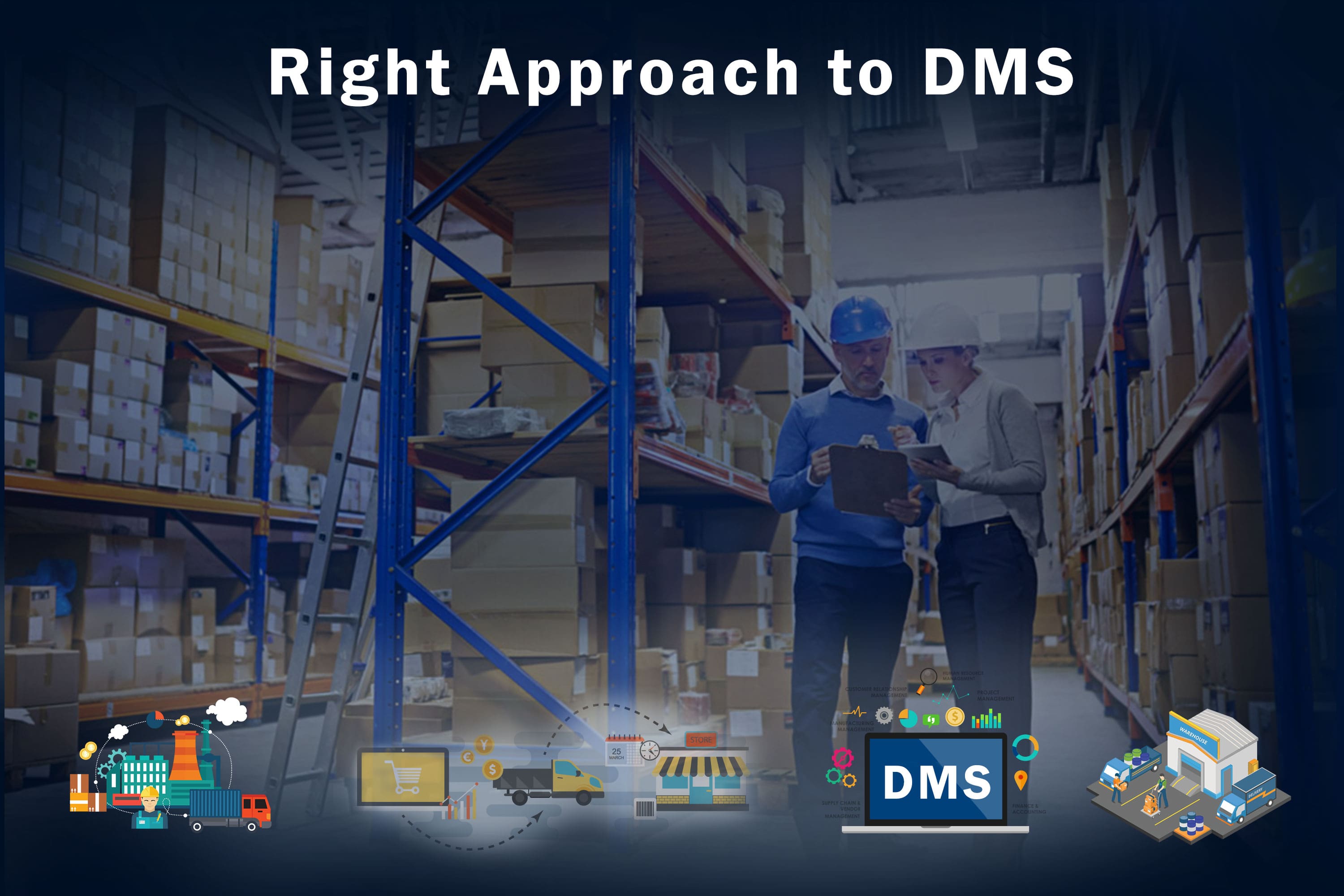
Right Approach To DMS
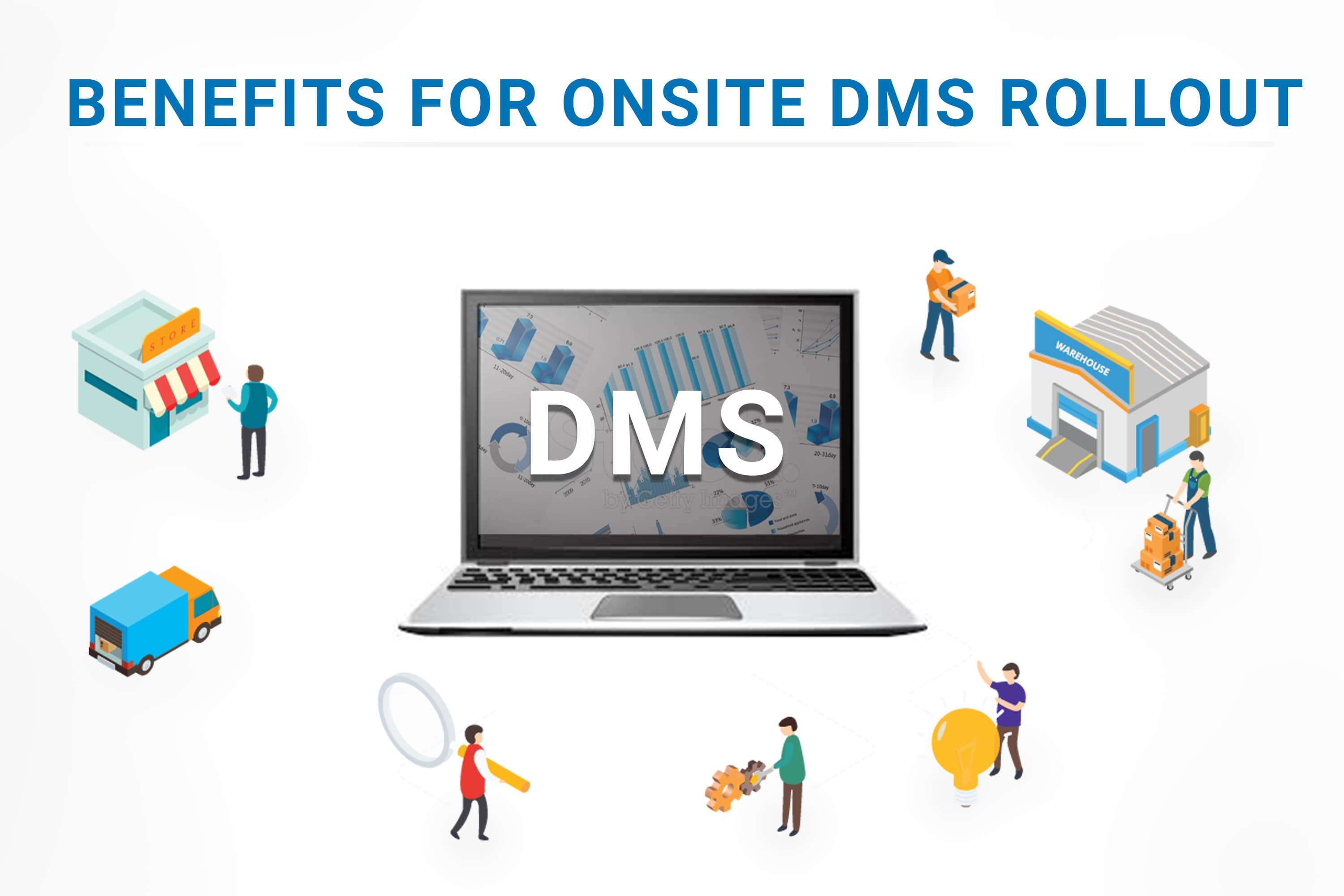
Benefits Of An Onsite Distributor Rollout In DMS

Why Is DMS Important For Automobile Industry?
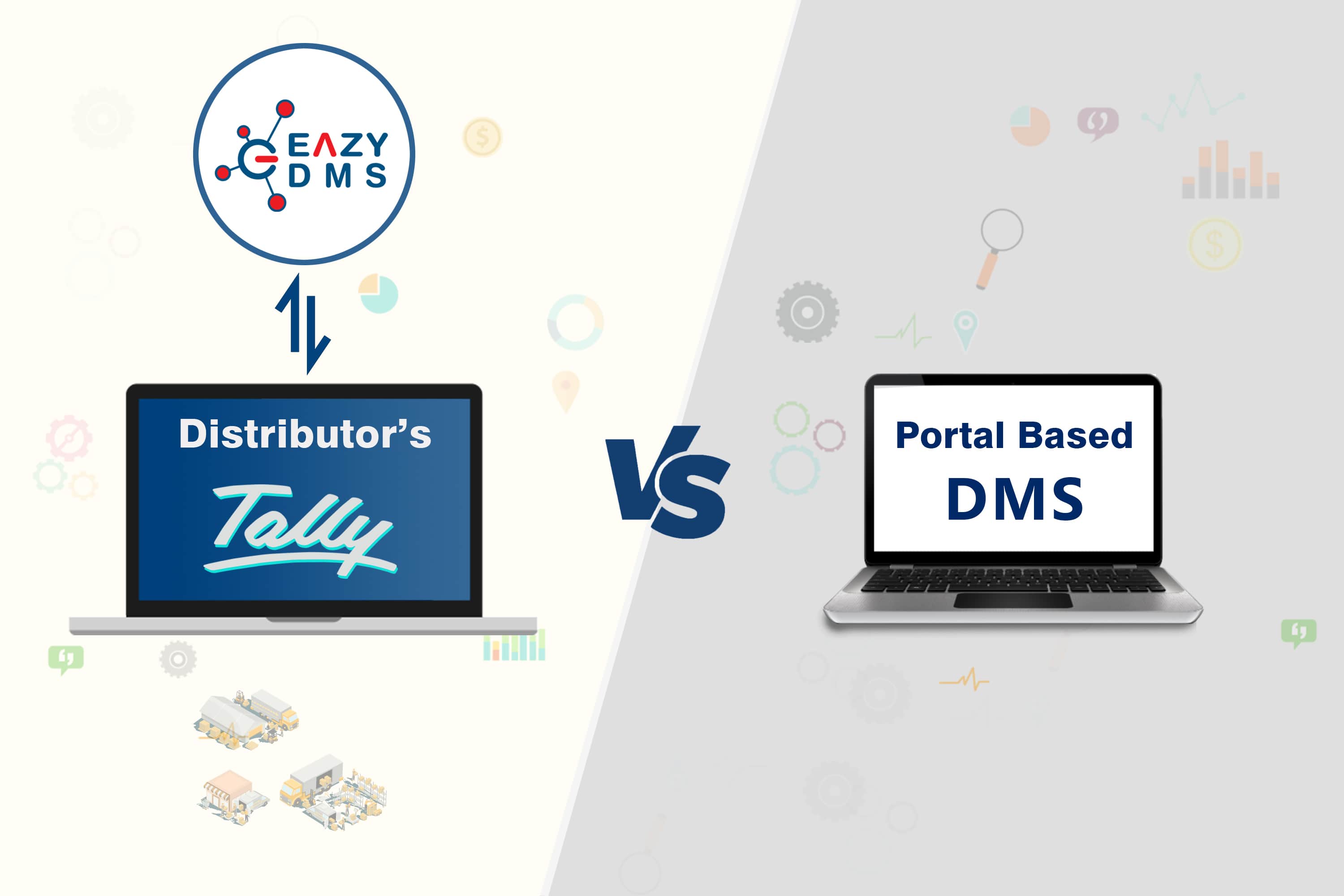
Eazy DMS Vs Portal Based DMS

USP’S Of Eazy SFA
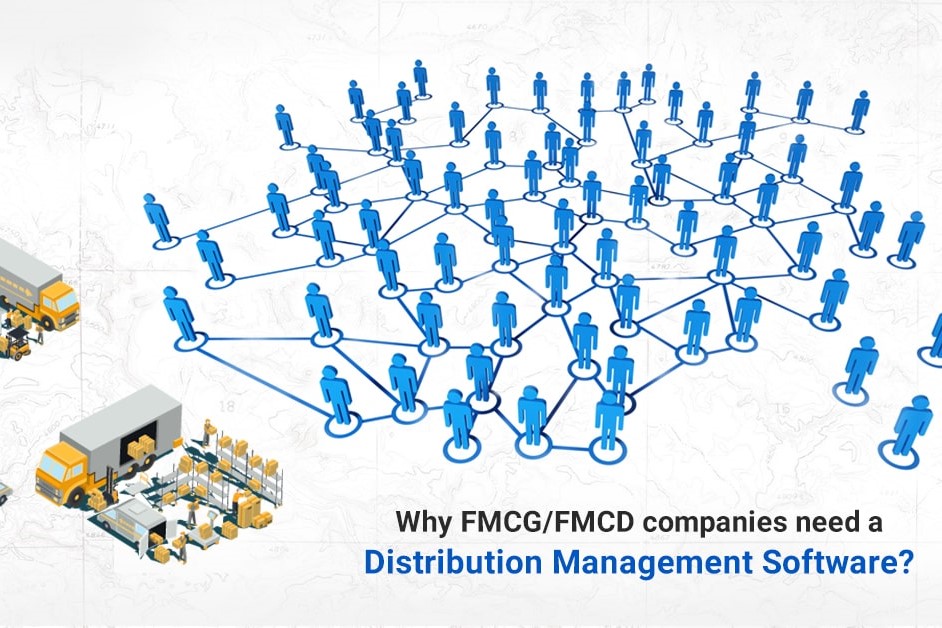
Why do FMCG/FMCD companies need a DMS?
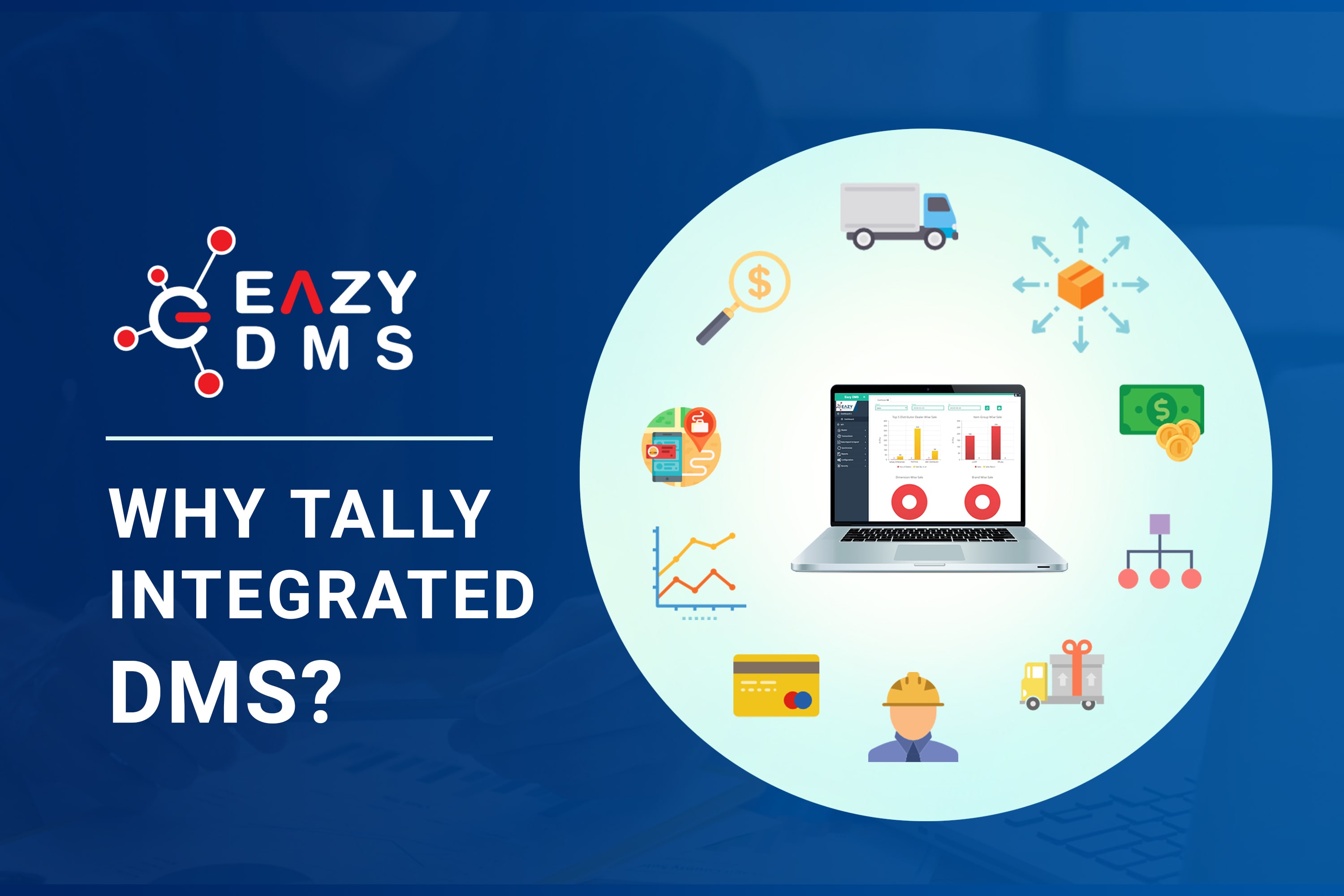
Why Tally integrated DMS?




